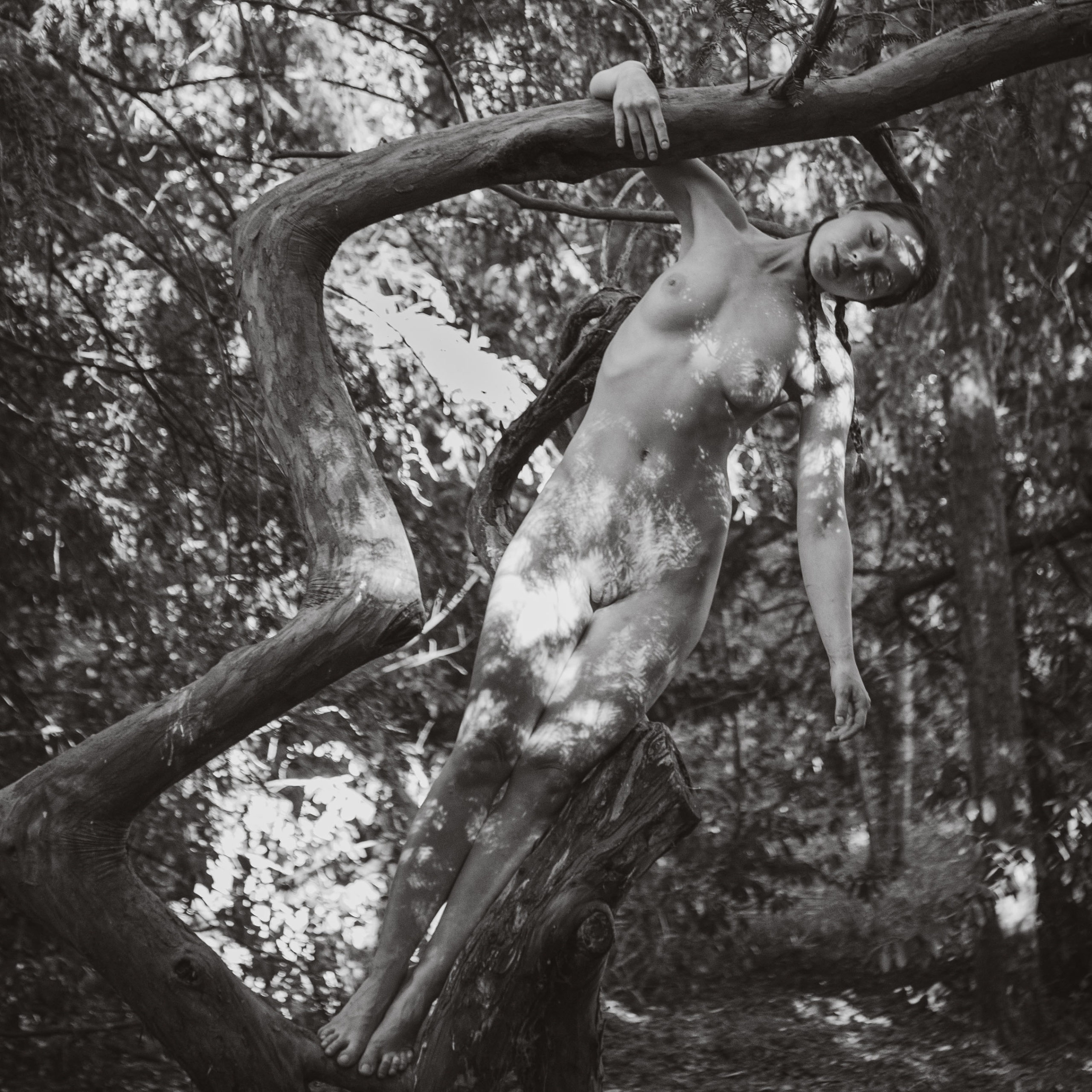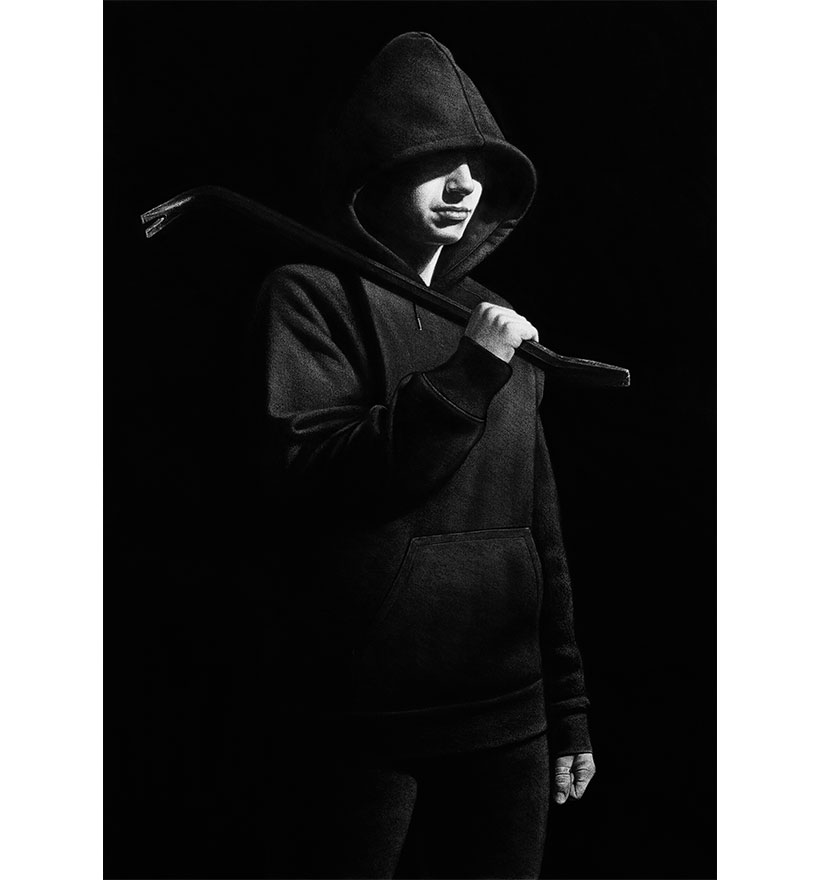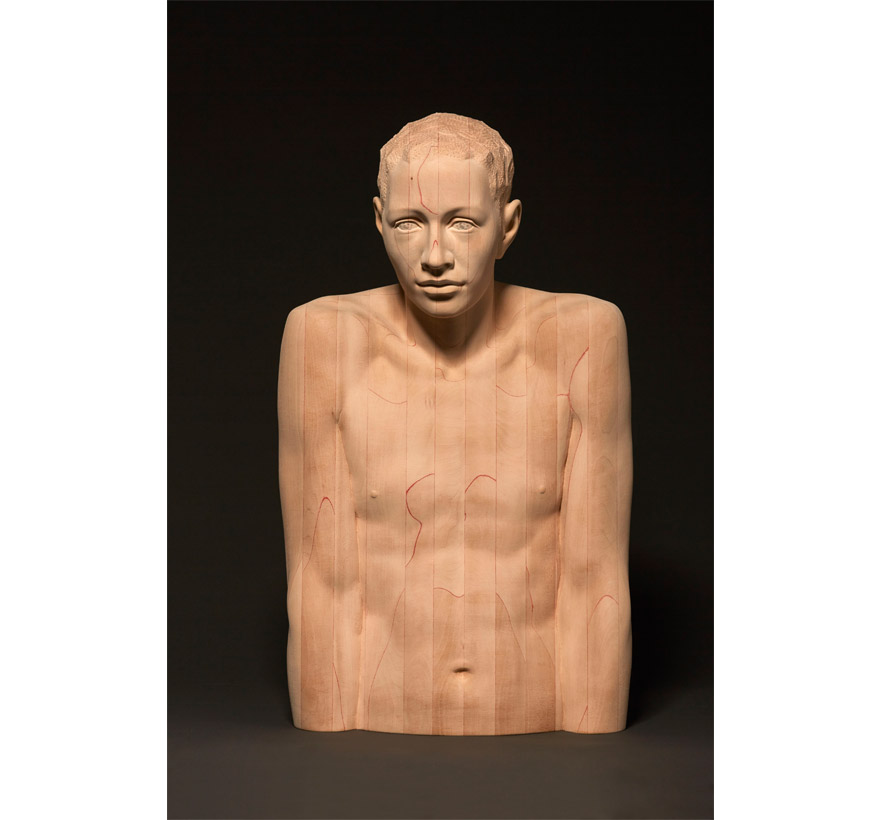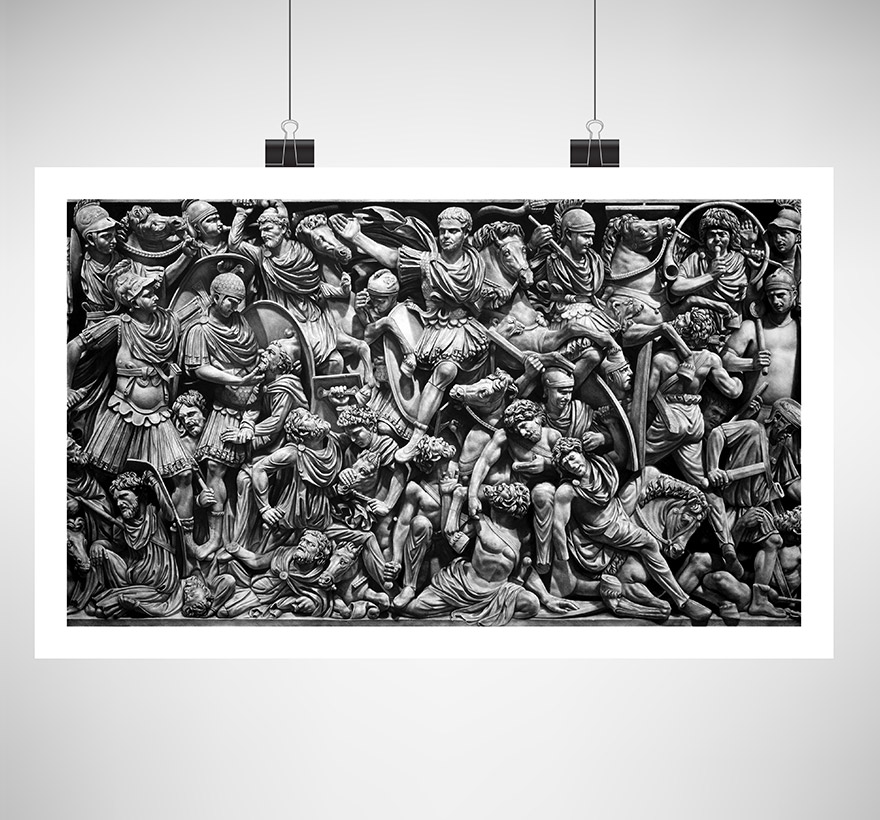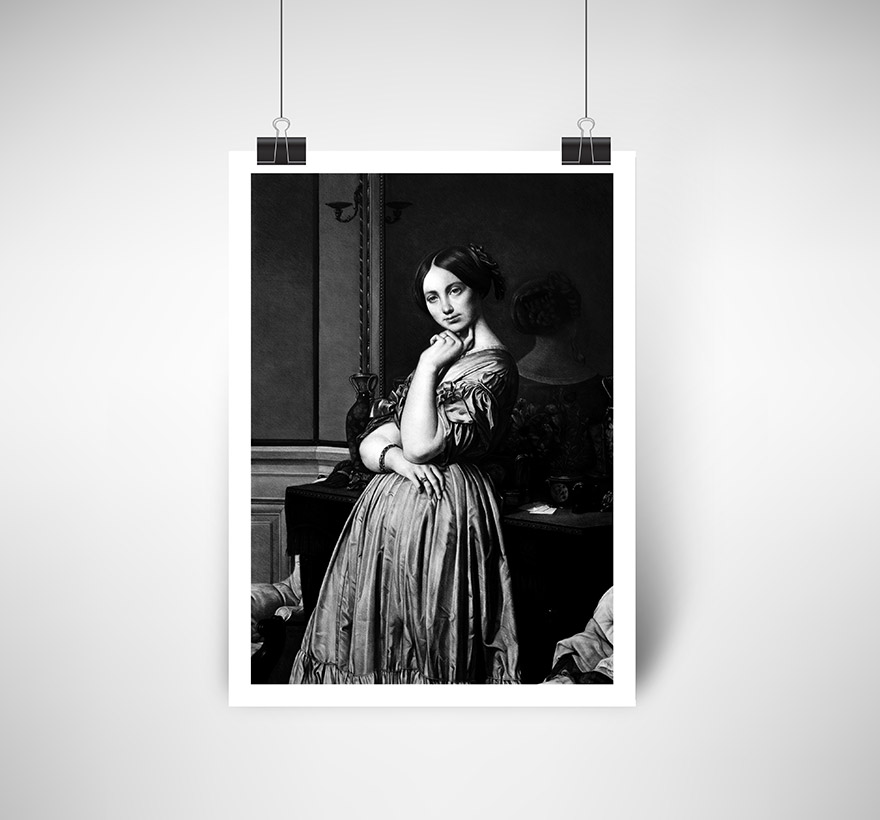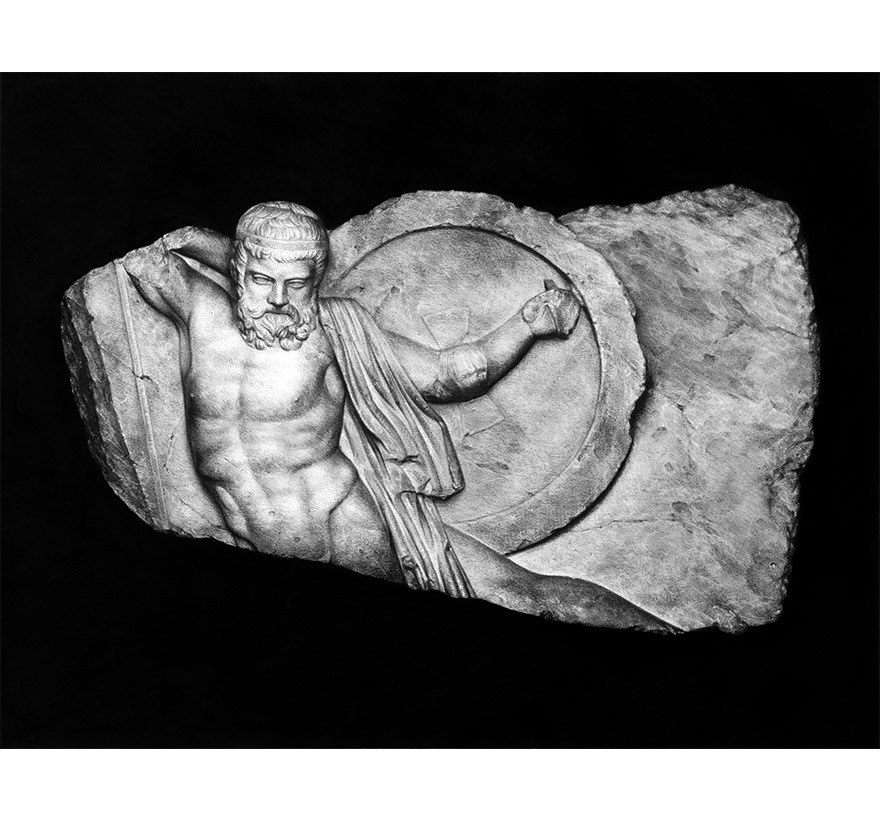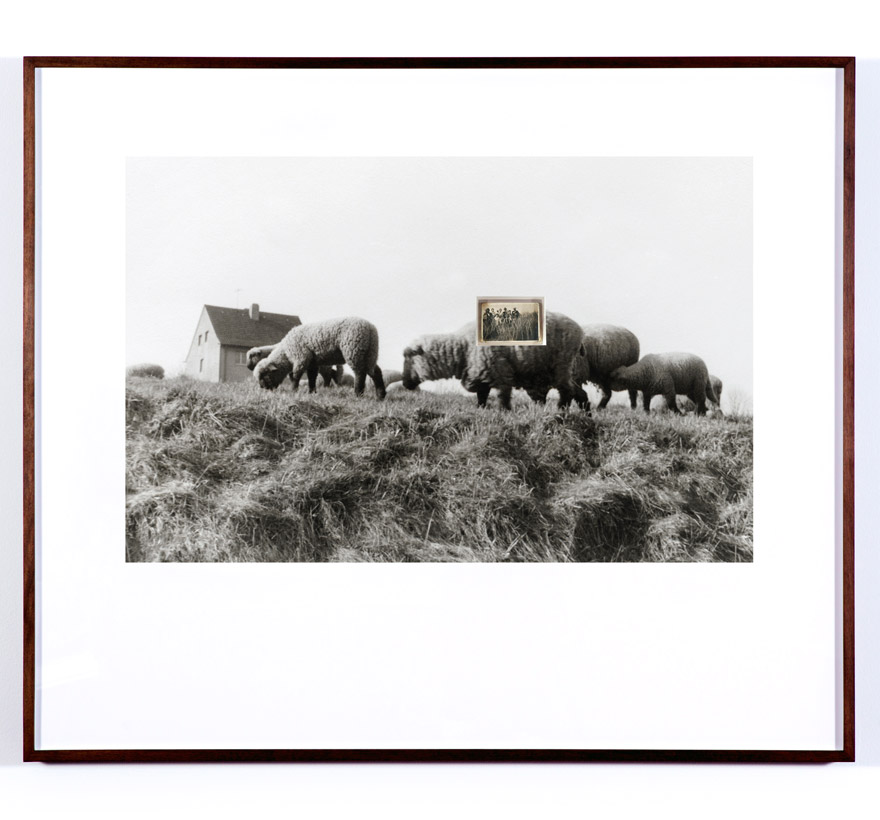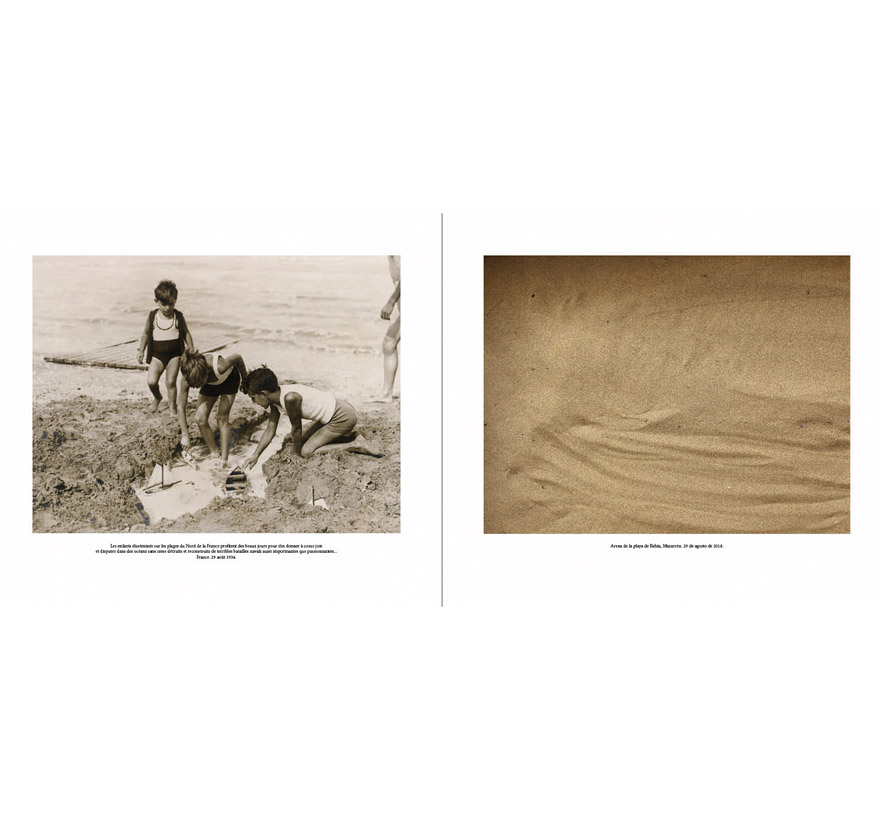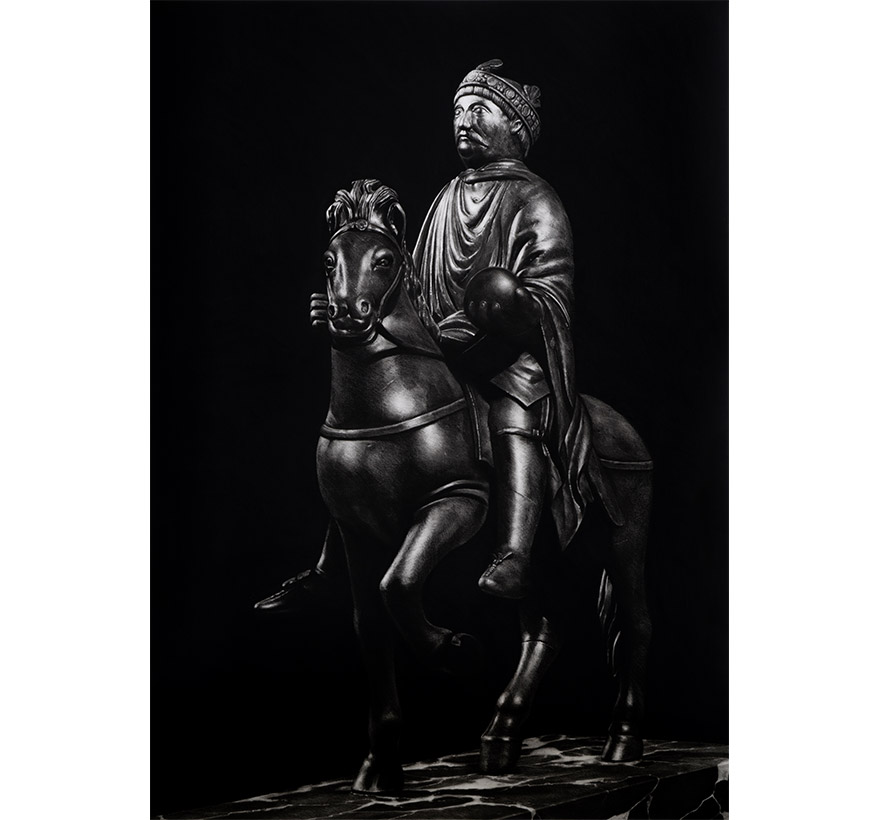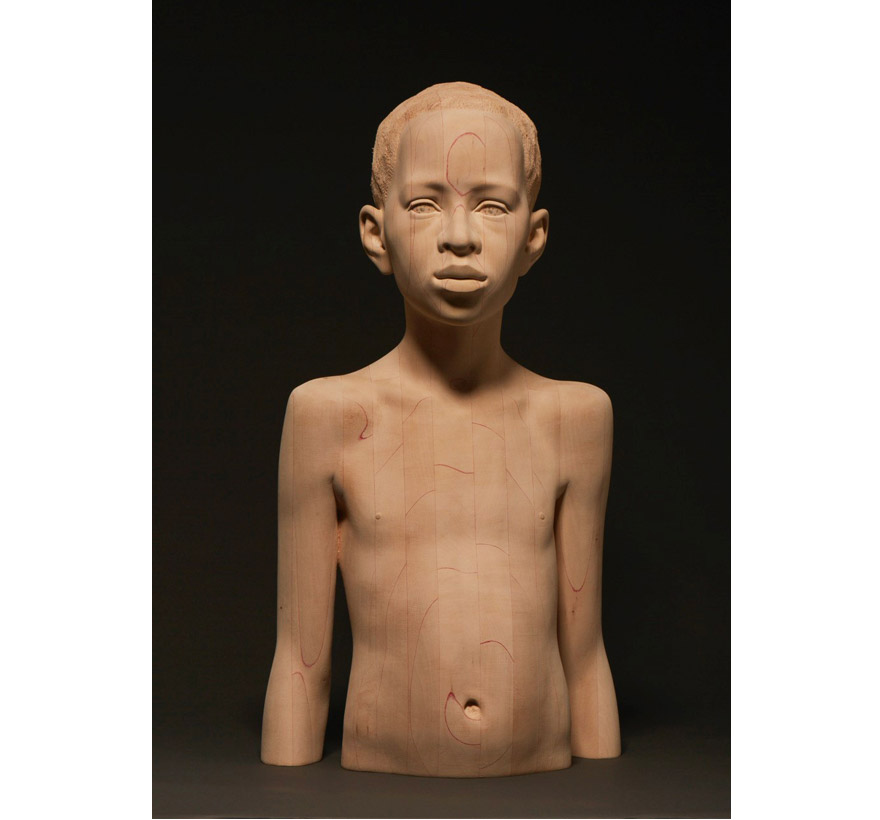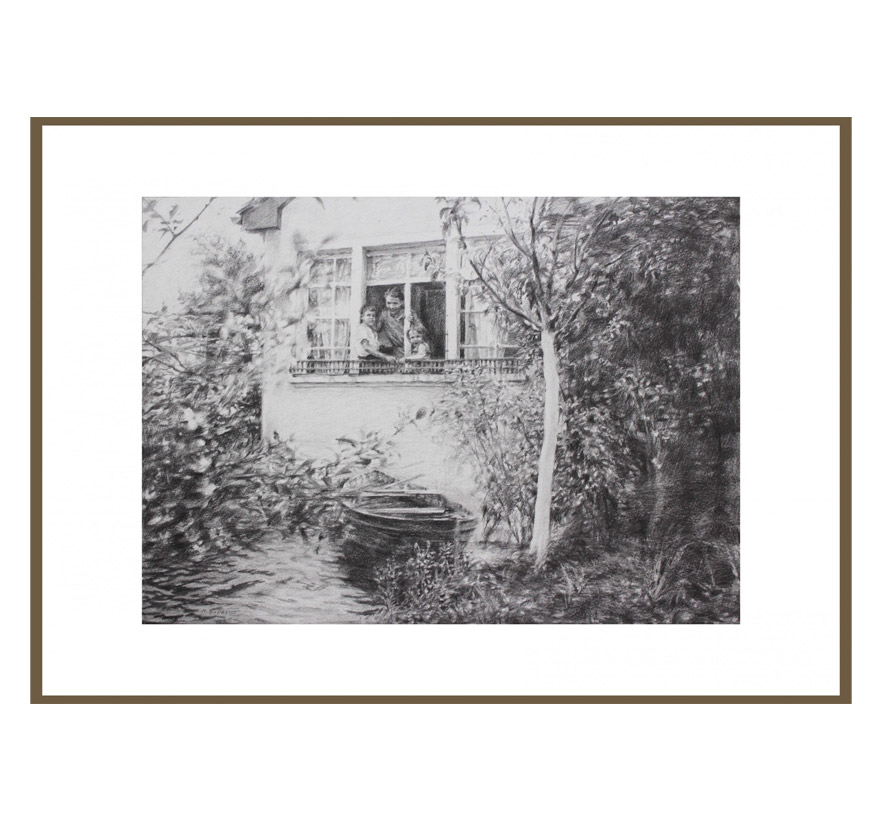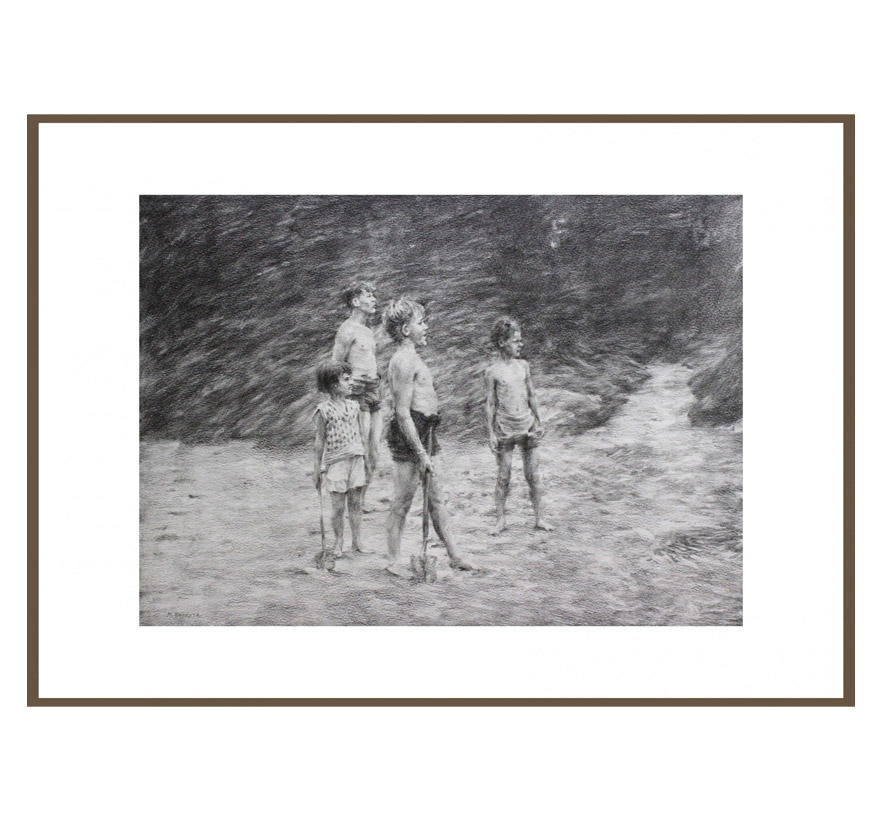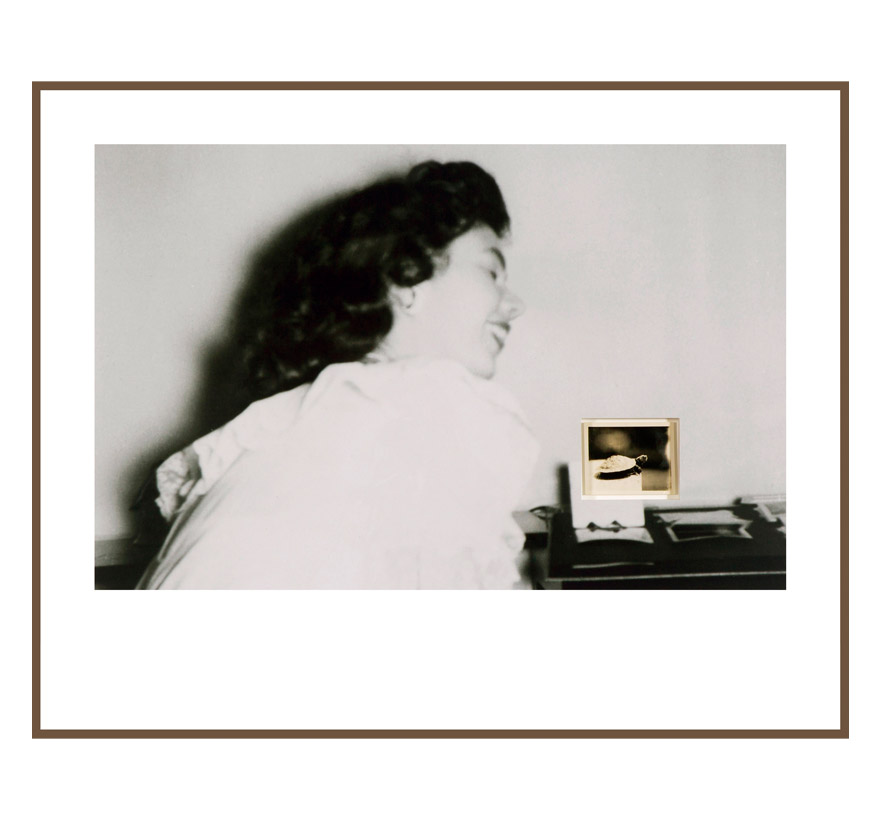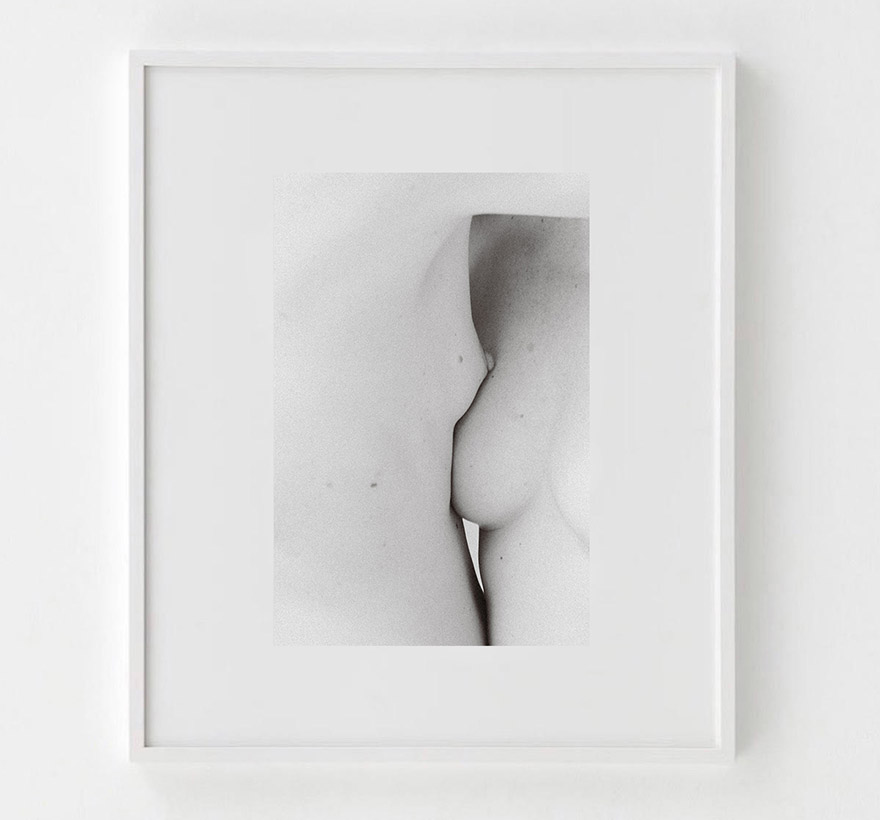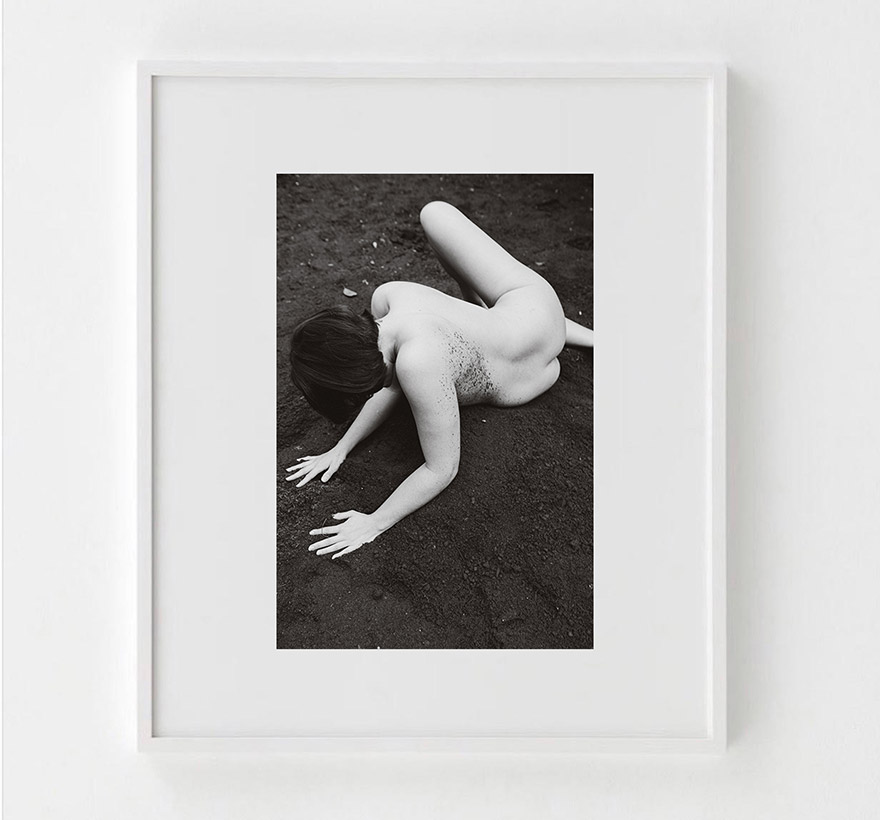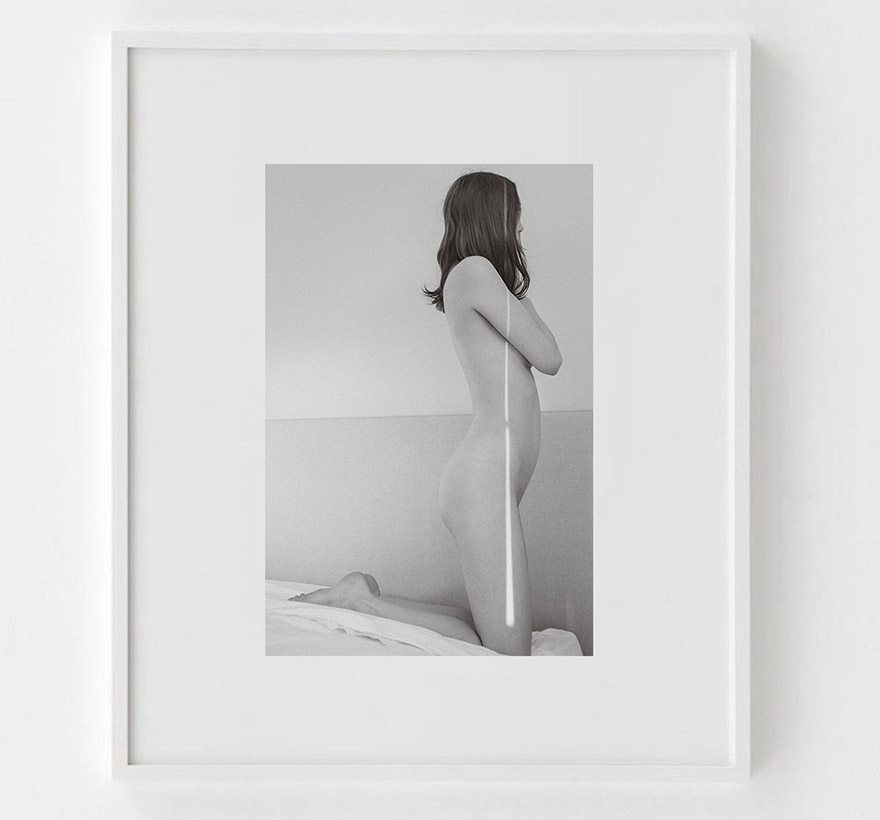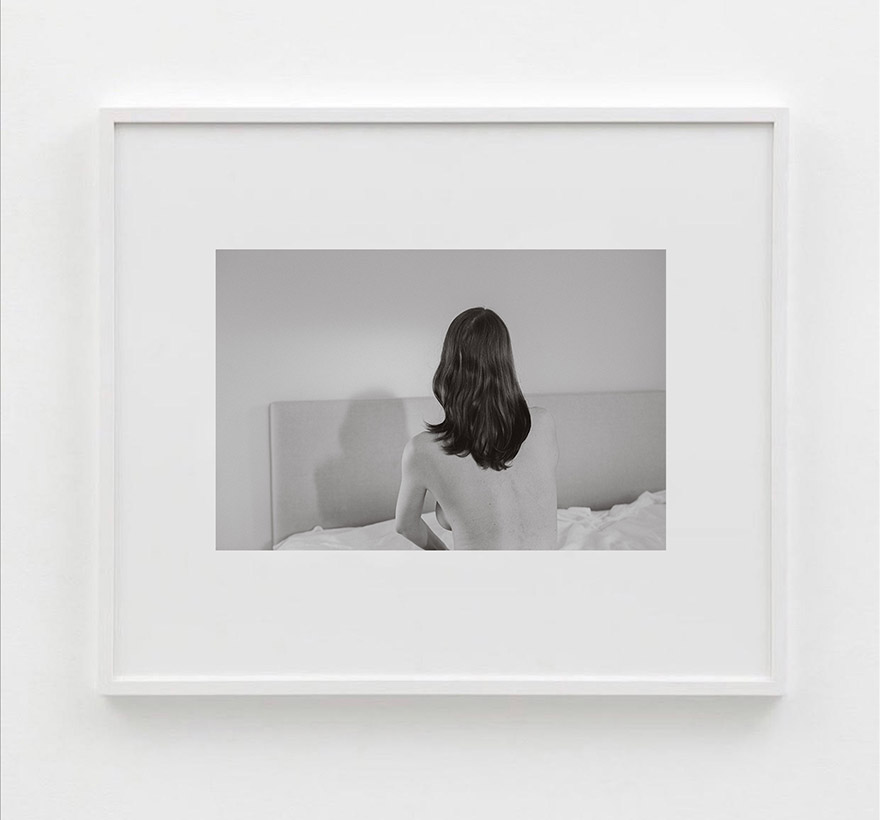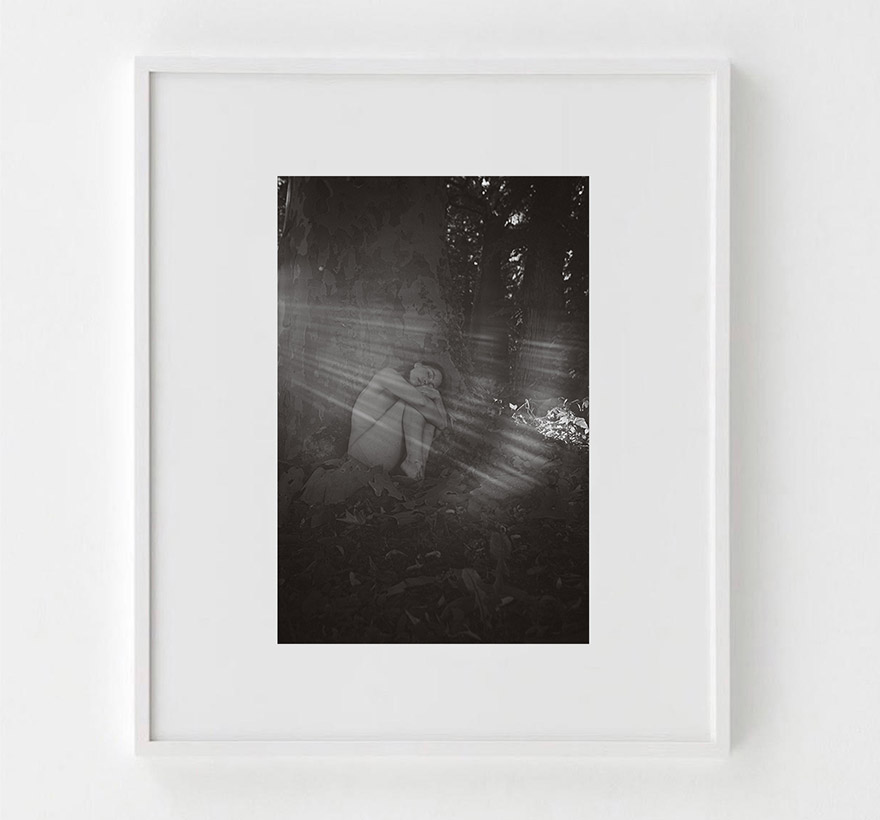Collaborative Exhibition at LAB-ART Studio
09/12/2021 - 24/12/2021
Sofía Fernández Stenström,
Concha Martínez Barreto,
Mario Dilitz
Kepa Garraza,
From December 9th to December 24th, 2021, you can enjoy our new group exhibition at LAB-ART Studio, where we will present some of the most relevant works of the artists represented in our gallery: Sofía Fernández Stenström, Mario Dilitz, Kepa Garraza and Concha Martínez Barreto.
About the artists:
Born in Stockholm in 1974, Sofía Fernández Stenström spent her childhood between Sweden and Spain, a duality that sparked her interest in photography as a need to communicate contrasts and the search for identity. After studying art in London and becoming a mother, she began to develop her photography, exploring her own body and capturing the emotional response. Sofía Fernández Stenström’s work is defined by the use of photography as a memory device. This practice dates back to her first approach to photography as a family record. This objective evolved into thematic representations such as motherhood, affection and identity. For the artist, photography is a cathartic and therapeutic practice that allows for an intimate connection and the recognition of a sensitive nature between the artist, the characters portrayed and the viewer. Femininity, the nude and the body are recurring elements in her work, with the intention of expressing an emotional charge of intimacy through the portrayed character, a character that melts into dreamlike environments, more than settings, nature and the home are presented as primitive habitats of life, as something more than a mere space where personal relationships transpire in their most organic environment. By exploring themes such as melancholy, despair and the fragility of human relationships, the artist, through her lens, seeks to invite the viewer to recognise himself emotionally in the faces and bodies of the characters portrayed.
Mario Dilitz (1973 in Innsbruck, Austria) currently works and lives in Axams, near Innsbruck and Munich. He has a long career and his work has been shown in solo and group exhibitions. New York, London, Vienna, Brussels, Munich… He combines traditional sculptural knowledge and technical skills with topical themes and in this way manages to create sculptures of great intensity and appeal. There is a contrast between the aesthetic beauty of his sculptures and the content of the themes, in a profound confrontation with the vagaries of human existence. On the one hand Mario Dilitz manifests the contradictions that occur in human nature, and on the other hand he knows how to unite them in his work. Even his choice of material reveals these contradictions. His sculptures, most of them life-size, are created in high quality laminated wood. After a process of destruction and then construction the wood has reached a new form of stability, which would not be possible in its natural condition. This process is made visible by the glue joints in the glulam. Mario Dilitz contrasts the aesthetic beauty of his sculptures and the content of the themes in a profound confrontation with the vagaries of human existence. His sculptures, most of them life-size, are placed on the same physical plane as the spectator, in an eternal wait for a dialogue to begin.
Trained in Fine Arts at the University of the Basque Country, Bradford Art College in England and the University of Barcelona, Kepa Garraza (Berango, Vizcaya, 1979) began his exhibition career in 2004, after which he received various study grants and awards. He has shown his work in art centres such as the Patio Herreriano Museum in Valladolid, the CA2M in Madrid, the Artium in Vitoria, the DA2 in Salamanca, the San Telmo Museum in San Sebastian and the BilbaoArte Foundation in Bilbao, as well as art spaces in other countries such as the United States, the United Kingdom, China, Peru, Chile and Germany. He has received several awards and his work is now part of the holdings of important public and private collections. Kepa Garraza’s work reflects on the nature of the images we consume on a daily basis. For this reason, his work questions official discourses and questions the processes of institutional legitimisation. This reflection stems from his interest in the processes of construction of the historical narrative. In this way, Kepa invites the spectator to question the information obtained from the official media. His reinterpretation of reality is always ambiguous and confusing, full of subtleties and grey areas that invite the spectator to rethink the historical account and the chronicle of reality. Moreover, her ironic and acidic gaze offers alternatives to the reality we know and proposes a healthy exercise: to always doubt the official version.
The work of Concha Martínez Barreto (Fuente Álamo, Murcia, 1978) is an intense reflection on the fragility of memory and, at the same time, on identity itself, intergenerational connections, death and oblivion. Through different techniques and media, he investigates the past, but not by attempting the impossible reconstruction of what has been lost or an arid work of cataloguing, but rather as a task that precisely reflects the difficulty of all remembrance, the importance of showing the fragments, the traces left by time.

